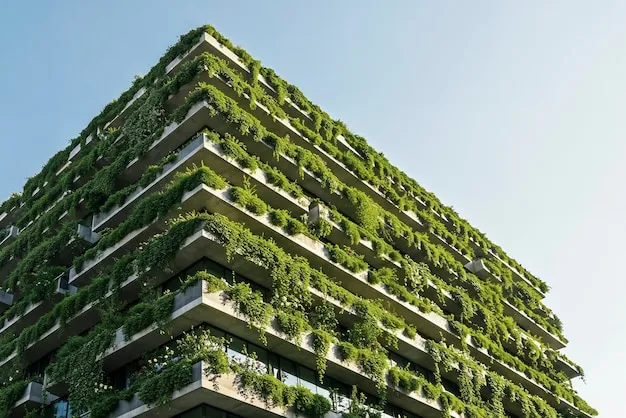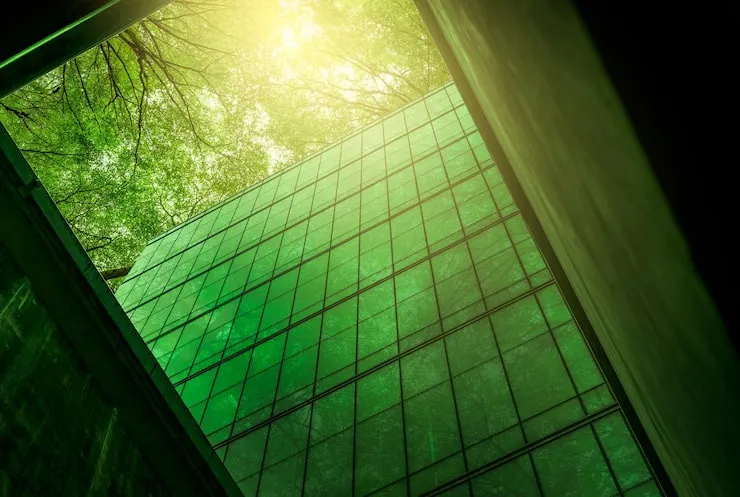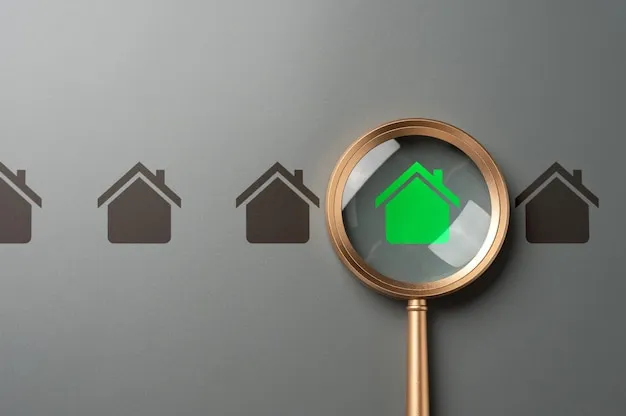
Green Technology In Construction Industry
The development industry is experiencing a major change driven by natural concerns, vitality effectiveness requests, and maintainability objectives. Green innovation, frequently alluded to as economical or eco-friendly development innovation, is at the cutting edge of this insurgency. From energy-efficient buildings to carbon-neutral materials, green innovation is reshaping how we plan, construct, and Green Technology In Construction Industry.
In this blog, we will find the green innovation in the development industry, its key benefits, sorts, developments, challenges, and future patterns that will characterize feasible improvement in a long time to come.
What Is Green Innovation in Construction?

Green innovation in development alludes to the utilize of eco-friendly hones, materials, and advances that minimize natural affect and upgrade vitality productivity all through a building’s lifecycle. It includes:
- Sustainable building materials
- Renewable vitality systems
- Water preservation techniques
- Smart building systems
- Waste lessening practices
This approach points to decrease carbon impressions, lower vitality utilization, and advance more advantageous living situations, whereas too cutting long-term operational costs.
Read Also: Latest Advancements in Green Technology for Urban Development
Why Is Green Development Important?
The worldwide development segment is dependable for about 39% of energy-related carbon dioxide emanations, with buildings bookkeeping for around 28%. As climate alter concerns escalating, the development industry must move to greener practices.
Key reasons for receiving green technology:
- Environmental security: Less contamination, decreased outflows, and preservation of common resources
- Energy productivity: Utilize of sun oriented, wind, and geothermal frameworks to decrease reliance on fossil fuels
- Cost reserve funds: Lower utility bills and upkeep costs over the building’s lifetime
- Enhanced inhabitant wellbeing: Superior discuss quality and diminished introduction to harmful materials
- Regulatory compliance: Governments around the world are executing green building codes and Green Technology In Construction Industry
Key Green Innovations in the Development Industry
1. Feasible Building Materials
Using materials that are reused, renewable, or have moo natural affect is central to green construction.
Examples include:
Bamboo: Fast-growing and exceedingly renewable
Recycled steel: Decreases require for modern mining
Rammed soil and cob: Characteristic materials with warm mass benefits
Low-VOC paints and wraps up: Progress indoor discuss quality
Fly fiery remains bricks: Made from mechanical squander, diminishing landfill burden
2. Energy-Efficient Building Design
Architectural plan presently emphasizes detached sun powered introduction, characteristic ventilation, and high-performance insulation.
Techniques include:
Double- or triple-glazed windows
Cool rooftops that reflect sunlight
Insulated concrete shapes (ICFs)
Green rooftops and housetop gardens
3. Renewable Vitality Integration
Buildings are presently being built with renewable vitality frameworks as center components.
Popular frameworks include:
Solar panels
Wind turbines
Geothermal warm pumps
Solar water heaters
This decreases reliance on the framework and makes a difference accomplish net-zero vitality targets.
4. Keen Building Technologies
IoT (Web of Things) and AI-powered frameworks are making buildings more effective and responsive.
Examples:
Automated HVAC systems
Smart lighting controls
Energy observing tools
Predictive upkeep software
These advances offer assistance oversee vitality utilization, diminish squander, and increment operational efficiency.
5. Water Preservation Systems
Green buildings consolidate productive water administration frameworks to preserve this basic resource.
Techniques include:
Rainwater harvesting
Low-flow plumbing fixtures
Greywater recycling
Drip water system for landscaping
6. Secluded and Pre-assembled Construction
Modular development employments pre-assembled components fabricated offsite, decreasing squander and vitality use.
Advantages:
Less fabric waste
Faster development times
Reduced on-site vitality usage
Higher quality control
Benefits of Green Innovation in Construction

1. Natural Sustainability
By decreasing carbon outflows, advancing biodiversity, and minimizing asset extraction, green buildings offer assistance protect ecosystems.
2. Financial Advantages
Lower operational costs
Increased property value
Government assess credits and incentives
Reduced healthcare costs due to more beneficial buildings
3. Made strides Building Performance
Green buildings are more strong, weather-resistant, and require less support over time.
4. Improved Human Wellbeing and Productivity
Improved indoor discuss quality
Natural lighting and warm comfort
Reduced presentation to poisonous substances
Higher worker efficiency in commercial spaces
Challenges in Receiving Green Technology
Despite its benefits, green innovation in development faces a few hurdles:
1. Tall Beginning Costs
Though operational investment funds are critical, forthright costs for green materials and innovations can be a barrier.
2. Need of Awareness
Many partners in the development industry are still unconscious of the long-term benefits of maintainable practices.
3. Administrative Hurdles
Inconsistent building codes and need of standardization can dishearten green innovations.
4. Specialized Expertise Gaps
The development workforce needs specialized preparing to execute green innovations effectively.
Global Cases of Green Buildings
1. The Edge, Amsterdam
Known as one of the greenest office buildings in the world, The Edge employments sun based boards, water collection, and a shrewd lighting framework fueled by IoT.
2. Taipei 101, Taiwan
A high rise retrofitted with green innovations such as low-flow water installations, energy-efficient chillers, and a comprehensive reusing program.
3. Indira Paryavaran Bhawan, India
The to begin with net-zero vitality building in India, including sun oriented vitality frameworks, water gathering, and proficient lighting.
Government Activities and Green Building Certifications
Governments over the globe are advertising budgetary motivating forces, appropriations, and fast-track endorsements to advance green buildings.
Popular certifications include:
LEED (Authority in Vitality and Natural Design)
BREEAM (Building Investigate Foundation Natural Evaluation Method)
GRIHA (Green Rating for Coordinates Environment Assessment)
WELL Building Standard
These certifications offer assistance builders benchmark their supportability endeavors and showcase their properties more effectively.
You May Also Like: Innovative Sustainability Ideas That Could Be Implemented At Events
Future Patterns in Green Construction
1. Carbon-Neutral and Net-Zero Buildings
Buildings that create as much vitality as they devour are the future of construction.
2. 3D Printing with Feasible Materials
Eco-friendly 3D-printed structures diminish squander and development time.
3. Circular Development Models
Emphasis on reuse, reusing, and fabric recuperation at the conclusion of a building's life.
4. AI and Enormous Information for Sustainability
AI calculations optimize building plan, vitality utilization, and support plans, making strides by and Green Technology In Construction Industry.
Final Thoughts
Green innovation in the development industry is no longer optional—it's basic. As the world hooks with climate alter, asset shortage, and fast urbanization, feasible development hones offer a practical way forward. From eco-materials to shrewd vitality frameworks, grasping green advancement permits us to construct not fair structures, but a superior future for eras to come.
Whether you’re a builder, planner, policy-maker, or homebuyer, the time to contribute in green development is presently. The apparatuses and innovations are prepared. The planet is holding up.


